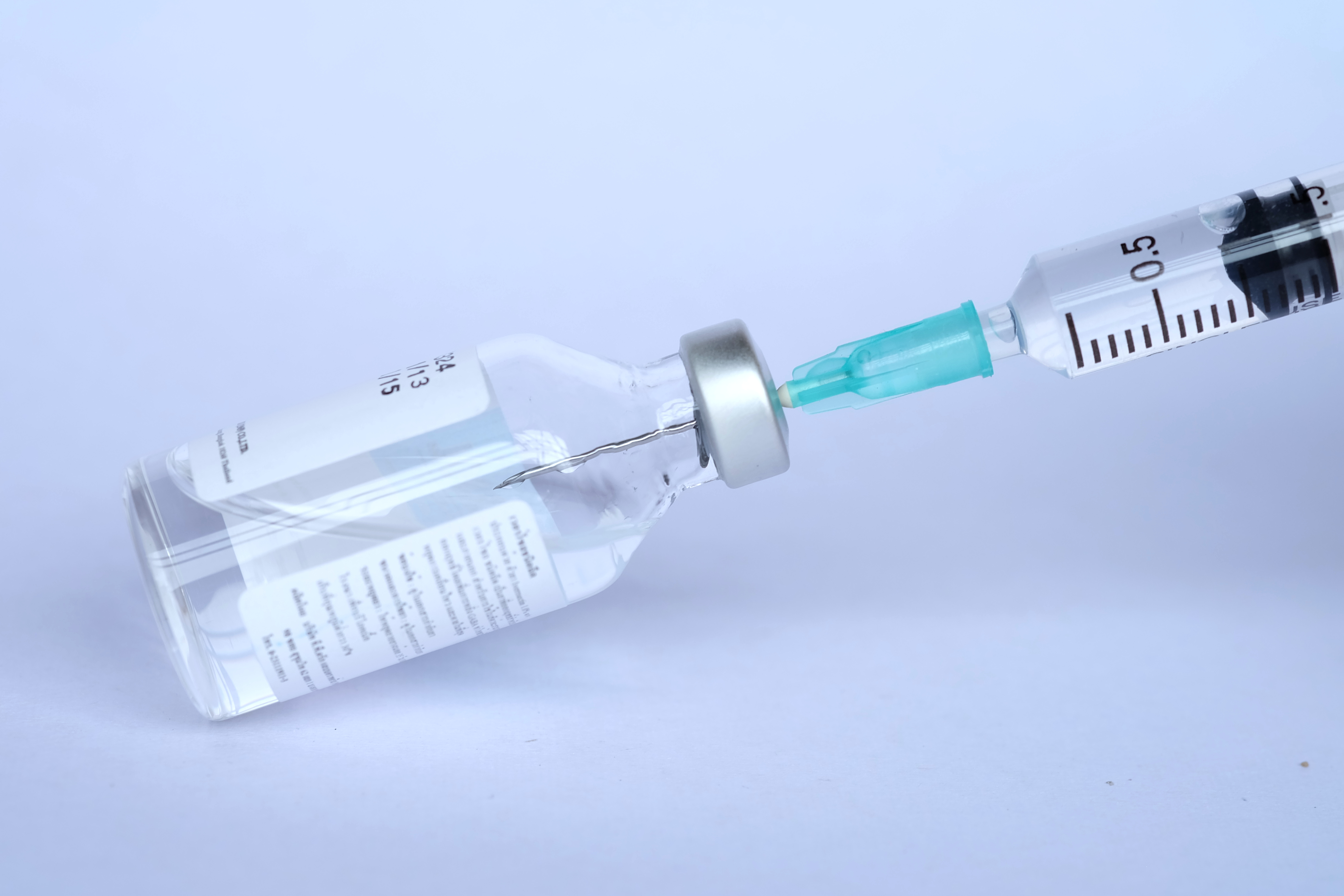
You are treating an elderly patient with nausea and ask your partner to draw up some ondansetron, you take the syringe from him and deliver what you believe to be 4 mg. While cleaning up your ambulance after the call you realize that what you actually pushed was 50 mg of diphenhydramine. And just like that a medication error has been committed. These happen in all areas of healthcare hundreds of times a day, there are many ways we could’ve prevented this error but what do we do now that it’s been committed?
Unfortunately, in many organizations providers would be punished if not fired for making such an error. This leads to a culture where employees see the need to hide their mistakes rather than admit to them. The EMS culture of safety would suggest in a case like this we look at the root cause and try to find ways to avoid such an error in the future. So how should your organization handle an error like this or any medical error?
The first step is look at the history, if this is something that’s happened multiple times, perhaps there’s a widespread issue and the need for changes system wide. If that’s the case a deeper dive into each of these errors is necessary in order to figure out why this is happening. Even if this hasn’t happened before, this should be treated as an opportunity to educate the entire service to prevent errors from happening in the future and not focus on just the one or two providers involved.
Next, sometime should be taken to look at equipment. Any error, or potential error, can reveal opportunities to improve either training or equipment or both. Perhaps the medications are stored in such a way that can lead to confusion, maybe it is difficult to read the medication vial while in its case, or perhaps the way medications are stored causes the vials to become damaged and difficult to read.
Unlike equipment which doesn’t always yield an easy solution, there’s usually an opportunity to improve training. First examine current training and how training was conducted previously. Interview employees to see if they were trained in such a way that could lead to an error. Next look for some opportunities to train by identifying the root cause of an error. In a case like this, train providers in simulation to not push a medication someone else has drawn without identifying the medication first. Train providers to verbally discuss the medication in the amount and volume that they are drawing up as a secondary check to ensure they have the right medication. Regardless of the error some form of training should be developed to ensure this doesn’t happen to other providers.
EMS culture of safety encourages us to look at the events and not strictly at the outcome. Whether this patient had no negative effects, or became very sick because of this error we should treat it the same. If our providers were attempting to provide quality care and made a simple error we should not punish them, but look for an opportunity to improve our system, training and equipment. Every possible prevention of medical error should be made, but they are still inevitable. It is how they are dealt with afterwards that will determine if we learn and improve from them to become stronger as an industry.